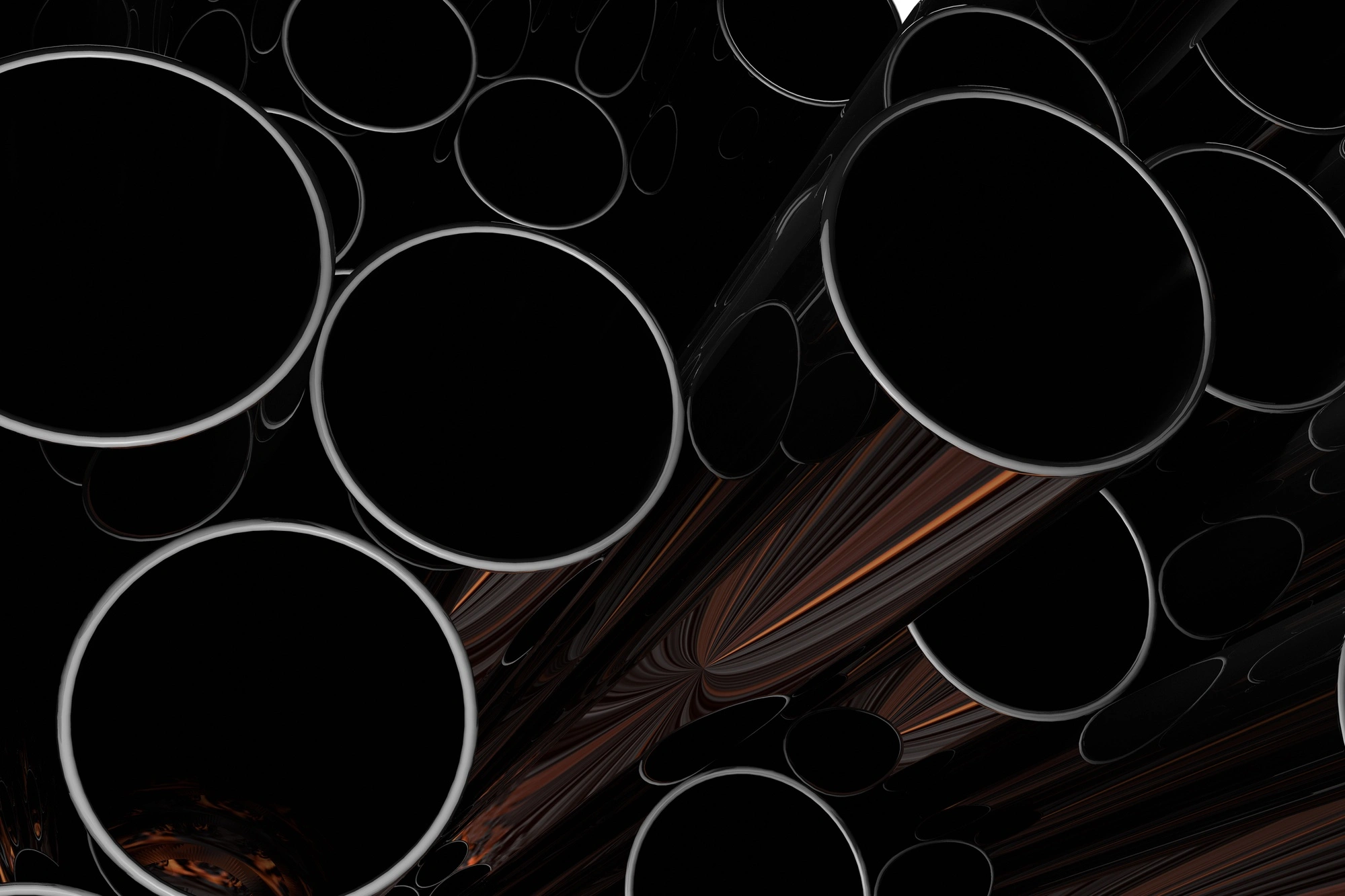

Zirconium and titanium are both notable for their excellent mechanical properties and corrosion resistance, which make them valuable in numerous industrial, medical, and technological applications. Each material has distinct characteristics that influence its suitability for different uses.
Zirconia (ZrO₂) has three crystal structures: monoclinic, tetragonal, and cubic, which depend on the temperature. Yttria-stabilized zirconia (Y-TZP) is a notable material known for its high strength and fracture toughness. Y-TZP exhibits a high bending strength, typically ranging from 1,000 MPa to 1,800 MPa with HIP processing. However, its brittle nature means that its tensile strength is not commonly measured. The fracture toughness of Y-TZP falls between 6–8 MPa m¹/², which is higher than some ceramics but lower than that of titanium. Zirconia also has a high Young's modulus of about 210 GPa, making it stiffer and less effective at absorbing stress compared to metals.
Titanium exhibits a hexagonal close-packed (hcp) α-phase at lower temperatures and a body-centered cubic (bcc) β-phase at higher temperatures. Various titanium alloys have been developed to enhance specific properties for different applications. For instance, commercially pure titanium (CP Ti) has a tensile strength of around 345 MPa, while Ti-6Al-4V, a common alloy, offers tensile strength of up to 860 MPa and a bending strength of approximately 950 MPa. The fracture toughness of titanium is high at 66 MPa m¹/², making it more crack-resistant compared to zirconia. Additionally, titanium alloys typically have a Young's modulus between 100–110 GPa, which provides greater flexibility and better stress absorption than zirconia.
Zirconia is known for its high resistance to chemical corrosion, making it suitable for various applications. However, it often requires surface treatment to ensure effective bonding. Zirconia surfaces feature hydroxyl groups and can incorporate phosphate ions, albeit in lower concentrations compared to titanium. Hence, surface treatments such as sandblasting or silica coating are often needed to enhance adhesion.
Titanium is well-known for its outstanding resistance to corrosion. This is due to the formation of a protective titanium oxide layer (TiO2) on its surface, which is self-repairing. The oxide layer contributes to titanium’s long-term stability, particularly in harsh environments. Additionally, the surface oxide film on titanium is amorphous or low-crystalline and has a neutral charge, which promotes protein adsorption and enhances biocompatibility.
Zirconium serves a variety of important functions across different industries. In the nuclear industry, it is utilized as a cladding material for nuclear fuel rods due to its low neutron absorption cross-section and excellent resistance to corrosion. Additionally, zirconium is essential for various high-temperature applications and serves as a reliable refractory material.
Zirconia, a derivative of zirconium, finds application in the medical field for dental implants, orthopedic hip replacements, and prosthetics. This is owing to its remarkable strength and wear resistance, making it well-suited for these medical applications.
Moreover, Y-TZP, a type of zirconia, is employed in advanced ceramics due to its mechanical strength and toughness. It is utilized in various products such as cutlery, watch components, and abrasives, highlighting its versatility and reliability in different industrial and consumer applications.
Titanium is widely used in various industries due to its exceptional properties. In the aerospace industry, its high strength-to-weight ratio and corrosion resistance make it an ideal material for aircraft components such as frames and engine parts. In the medical field, titanium and its alloys are extensively utilized in orthopedic implants, bone screws, and joint replacements due to their biocompatibility and ability to form a stable oxide layer that promotes integration with bone tissue. Furthermore, in industrial applications, titanium is prized for its resistance to corrosion and high strength, making it valuable in chemical processing equipment, marine environments, and as an alloying element in steel.
Titanium generally offers superior fracture toughness and strength compared to zirconium. It’s more flexible and can absorb stress better, making it advantageous for structural and high-stress applications. Both zirconium and titanium exhibit excellent corrosion resistance. Titanium’s self-repairing oxide layer provides superior long-term stability, while zirconium’s inertness makes it highly resistant to chemical attack. Titanium’s versatility and mechanical properties make it suitable for aerospace, medical, and industrial applications. Zirconium’s high strength and resistance to chemical attack are valuable in the nuclear industry and advanced ceramics.
Each material has its strengths and limitations, and the choice between zirconium and titanium depends on the specific requirements of the application, including mechanical demands, environmental conditions, and chemical interactions.